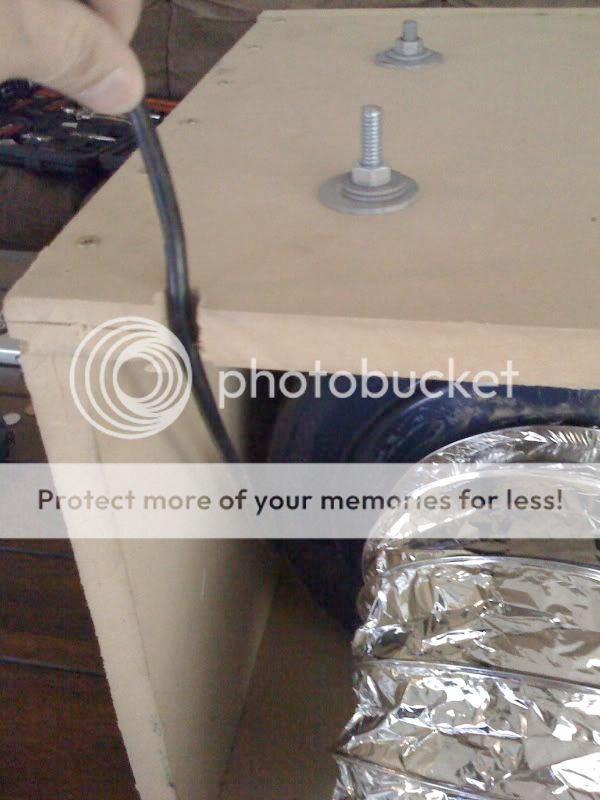BoomerBloomer57
Well-Known Member
and how to quiet it down. 12 air stones in each 120qt cooler gets kinda loud. So I set myself up with the bong and some killer Afghani Kush and took a coupla rips,,,,
Turns out if you put two washers on each stone the stone doesn't come in contact with the bottom of the cooler and I swear to dog that it's whisper quiet now.
Take a stone to Lowes or Home depot and find the rubber washers that fit the stone and use two per stone, one at each end.
Now what's my prize for solving the problem?
ftp
Turns out if you put two washers on each stone the stone doesn't come in contact with the bottom of the cooler and I swear to dog that it's whisper quiet now.
Take a stone to Lowes or Home depot and find the rubber washers that fit the stone and use two per stone, one at each end.
Now what's my prize for solving the problem?
ftp








